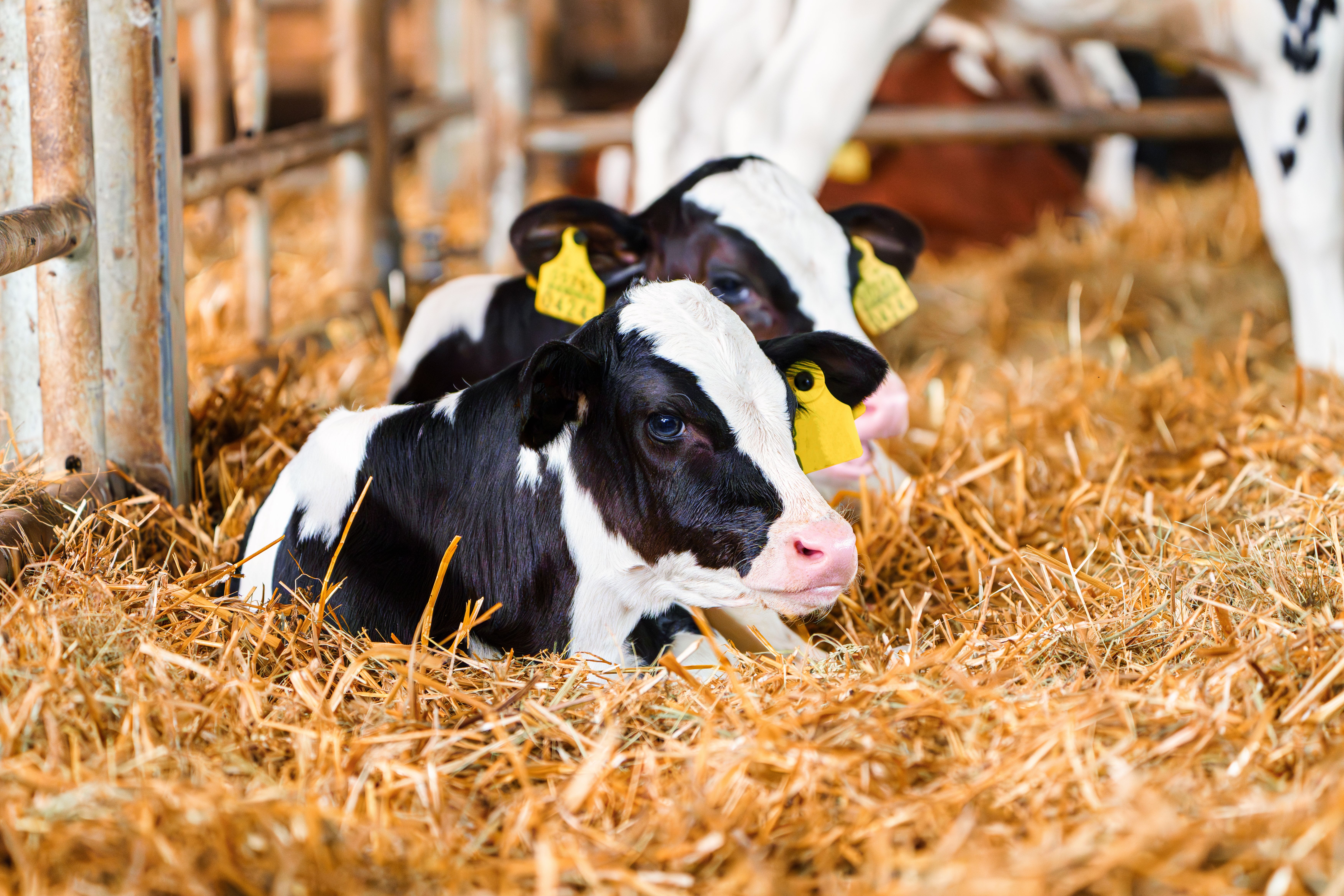The Early Care of 1-Day-Old Chicks is Key to Raising Healthy and Robust Poultry
In poultry, most health risks affect the digestive tract, ranging from dysbacteriosis, parasites and impaired digestion, to the spread of foodborne diseases. The composition of the intestinal microbiota is a decisive factor for gut health, but in young chicks it is neither established nor balanced. There are many approaches to help secure the health of the digestive tract, and the use of probiotics in poultry feed is a widespread, well-researched option. Especially with the awareness of antibiotic resistances and overuse in mind, probiotics can be an excellent health support.
While genetic improvement causes for shorter fattening periods and thus a shorter life span, it also increases the importance of providing the best possible care as early as possible. Potential health risks need to be eliminated as time is too short for compensation later on, putting performance and profit at risk. To support the stabilization of the intestinal microbiota, early colonization of the gut with beneficial bacteria is a key factor for the prevention of digestive disorders. Products containing lactic acid bacteria, such as Biochem’s B.I.O.Sol, are ideally suited for this indication as they show a fast replication rate and quick colonization of the intestinal tract.
At the same time, globalized trade structures are cause for a longer time span between hatch and housing. It became obvious that the care of the chicks and the provision with beneficial, health-supporting feed supplements and nutrients should start in the hatchery. In the past few years, several different concepts of early feeding in the hatchery were introduced to the market. And what started as a trend quickly proved as reliant benefit for health and homogeneity of the flock.
Depending on the needs and requirements of the hatchery and on the willingness to invest in new technology, not all of these concepts are the right fit for all hatchery operators. Providing feed and water in the hatchers requires new equipment and sets high demands on hygiene and logistics. When it comes to the provision of probiotics, systems that hold feed and water in brooding temperatures for up to 72 hours are not ideal in regards to hygiene.
Another option to provide probiotics is the more common method of spray application. With equipment present in most all hatcheries, not a lot of effort is needed to apply a coarse spray containing probiotics to the chicks. The compatibility of probiotics with some vaccines is also proven, making a vaccine and a probiotic applicable in one step.
A newer and quickly establishing variation of the classical spray application is the gel droplet application. This rather new technology bears various benefits. Similar to the spray, a soft gel is dropped onto the chicks while they are moved through the hatchery in the crates. As opposed to water based coarse spray, the gel eliminates several problems:
No wetting of the feathers, reducing hypothermia
No spread of (probiotic) bacteria with the spray mist
No need for cost intensive changeover of hatchery equipment
Excellent, visually checkable oral intake
With these aspects in mind, the gel application transpires to be the ideal carrier for probiotic provision. To effectively deliver Biochem’s probiotic solutions, the company set to develop a new gel carrier superior to present products on the market. With the introduction of HatchGel SP during the past EuroTier, Biochem presented the first gel that is fully conform to European feed legislation. Furthermore, HatchGel SP is the first of its kind that surpasses the mere function of a carrier. Innovative ingredients and a well thought-out composition provide micronutrients and certain prebiotic effects, creating a synergism with the probiotics it is intended to deliver.











